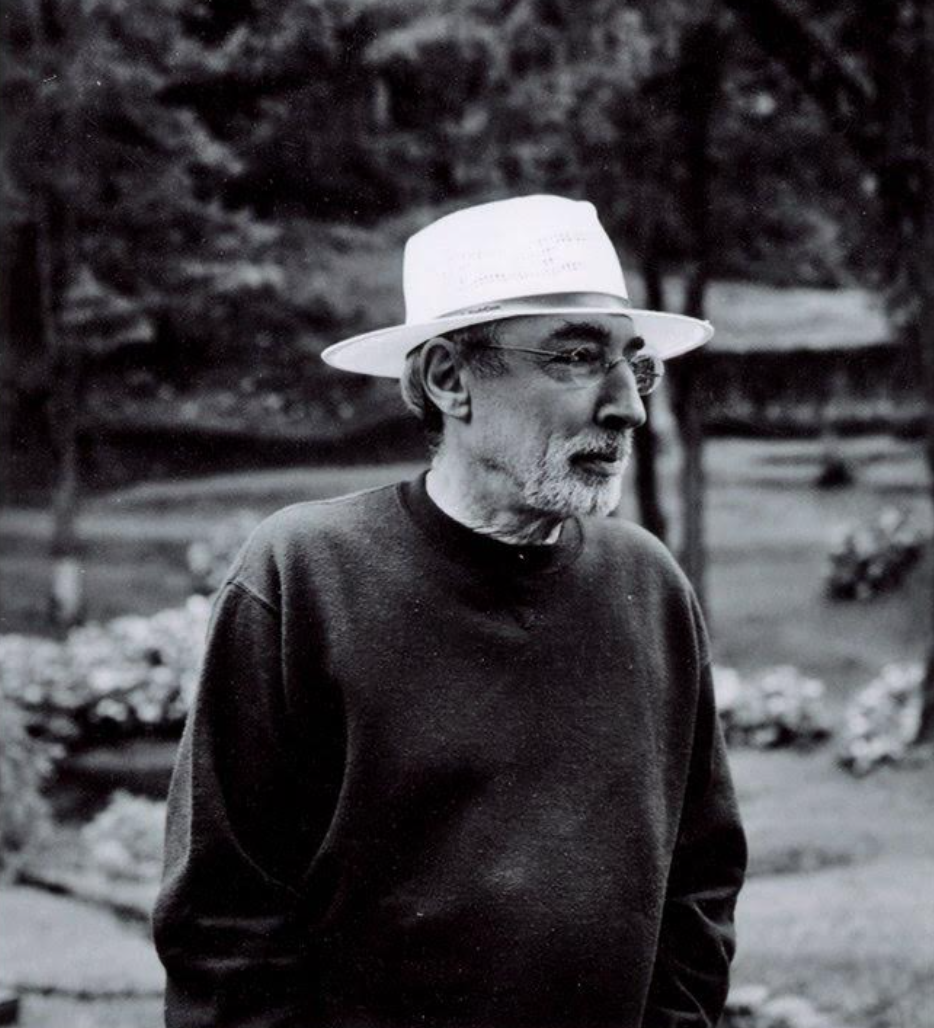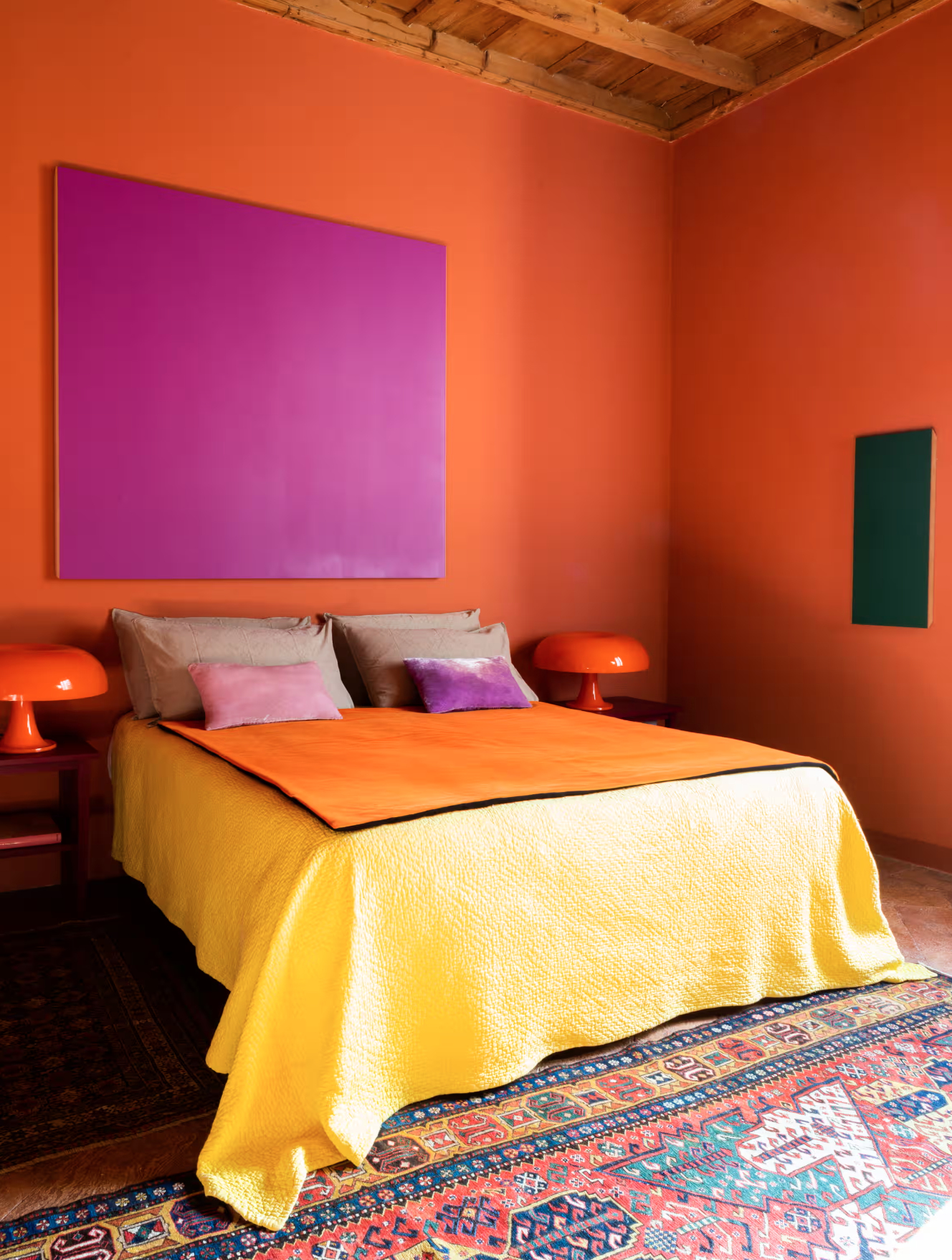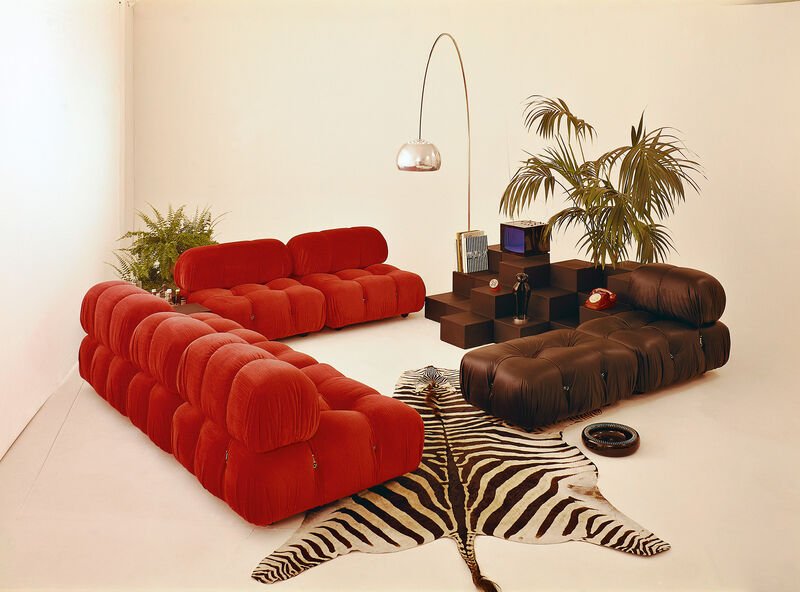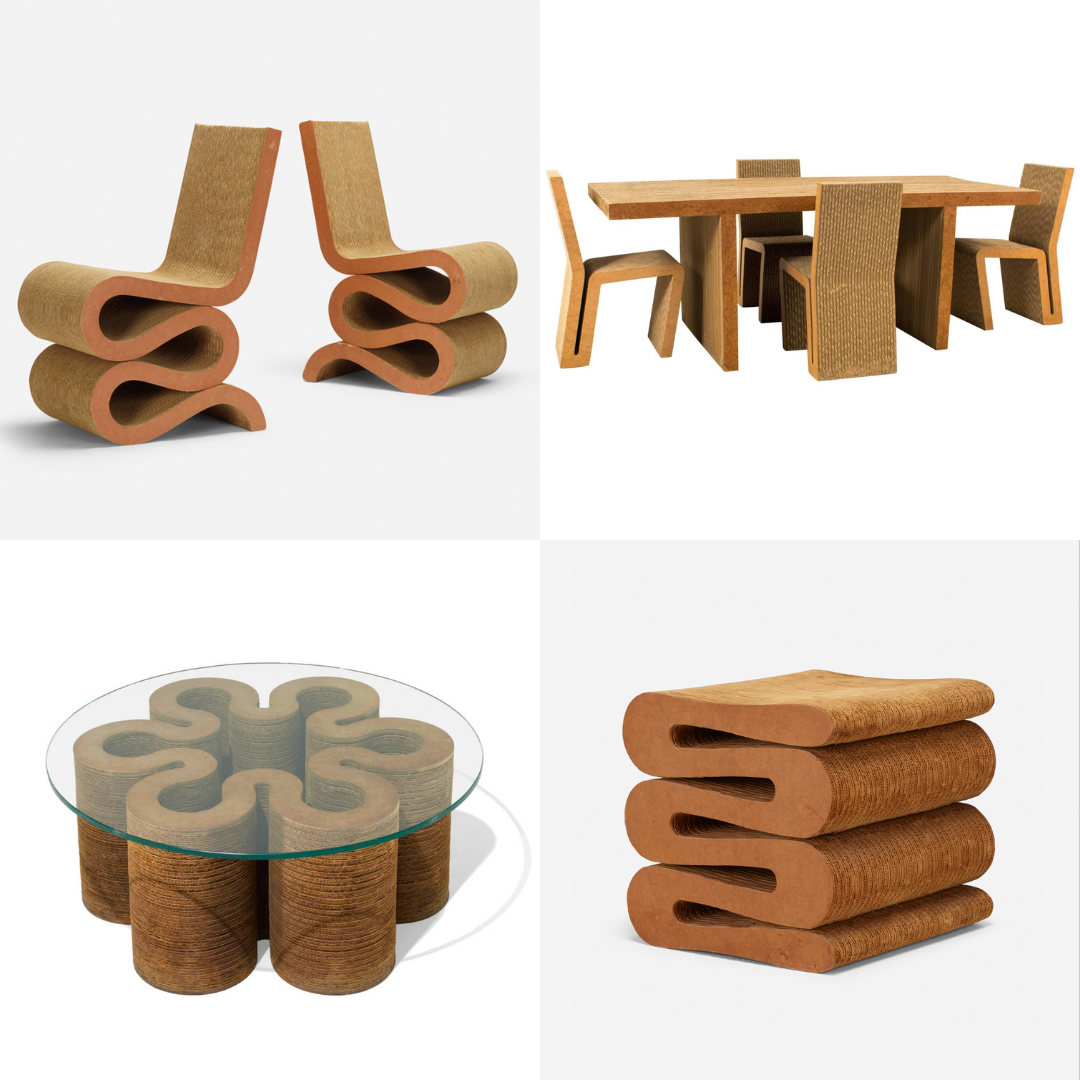Marcel Breuer
“Modern architecture is not a style, it’s an attitude”
-Marcel Breuer
Born: May 21, 1902, Pécs, Hungary
Died: July 1, 1981, New York, New York
NATIONALITY: Hungarian
Education: Academy of Fine Arts in Vienna, Bauhaus school in Weimar
Marcel Breuer, born on May 21, 1902, in Pécs, Hungary, was a pioneering architect and furniture designer whose innovative works helped shape the modernist movement of the 20th century. He is widely celebrated for his contributions to both architecture and furniture design, particularly for his iconic tubular steel furniture pieces.
Breuer began his studies at the Academy of Fine Arts in Vienna before enrolling at the Bauhaus school in Weimar in 1920. At the Bauhaus, he quickly emerged as a prominent figure under the tutelage of Walter Gropius, the school's founder. Breuer's early experiments with tubular steel furniture, such as the Wassily Chair (1925-1926) and the Cesca Chair (1928), marked significant departures from traditional furniture design, showcasing a combination of industrial materials and innovative form.
Photograph of Marcel Breuer in 1928, via Johannes Reponen
In addition to his contributions to furniture design, Breuer made significant strides in architecture. He joined the architectural firm of Walter Gropius in 1924, where he played a key role in projects like the Weissenhof Estate in Stuttgart and the Gropius House in Dessau. His architectural style, influenced by his Bauhaus training, emphasized functionalism, geometric forms, and the innovative use of materials such as steel and concrete.
Breuer left Germany in 1935 due to the rise of the Nazi regime and eventually settled in the United States. He continued his architectural practice and became a faculty member at Harvard University's Graduate School of Design, where he taught until 1976.
Marcel Breuer and his wife Connie in their Lincoln home in 1939,
Throughout his career, Breuer's designs evolved, but his commitment to simplicity, functionality, and innovative use of materials remained constant. His furniture pieces are celebrated for their timeless appeal and have become iconic symbols of modern design.
Marcel Breuer passed away on July 1, 1981, leaving behind a rich legacy of architectural and furniture design that continues to inspire designers and architects worldwide. His work continues to be studied, celebrated, and replicated, cementing his status as one of the most influential figures in modern design history.
Discover more about Marcel Breuer in Breuer's Bohemia: The Architect, His Circle, and Midcentury Houses in New England Hardcover by James Crump
Important Works
‘Wassily’ chairs designed by Marcel Breuer for Knoll International in 1925. This example was produced c. 1980.
‘Cesca’ dining chairs by Marcel Breuer for Knoll Studio, Hungary / USA 1928
Marcel Breuer Custom coffee table from the Stillman III Residence, Litchfield, CT, 1965
Marcel Breuer model 313 chaise lounge, Hungary, 1932
Marcel Breuer, Lounge chairs model B35, two, Gebrüder Thonet, Hungary / Austria, c. 1929 / after 1971
Marcel Breuer nesting tables, set of three for Venesta for Isokon Furniture Company, Hungary / United Kingdom, 1936
Marcel Breuer Rare chaise lounge, Isokon Furniture Co. for Heal & Sons
Hungary, 1936
estimate: $30,000–50,000
result: $81,250
‘Delfi’ dining table by Marcel Breuer for Simon Gavina, Hungary, 1969
Marcel Breuer Desk and chair from Bryn Mawr College, Hungary, 1938
Marcel Breuer. Nesting Tables (model B9). 1925–1926
Marcel Breuer Occasional table, model B10, Gebrüder Thonet, Hungary / Czechoslovakia, 1927 / c. 1930
Marcel Breuer. Room Divider / Bookshelf. 1932–1935
Marcel Breuer Tea cart, model B54, Matrix International, Hungary / Italy, 1928 / c. 1990
Private Residences
Marcel Breuer’s Hooper House II in Baltimore, Maryland, 1959
Photography by Zubin Shroff
Gagarin I by Marcel Breuer in Litchfield, Connecticut, 1957
Photos: Sotheby's International Realty
Rufus Stillman cottage by Marcel Breuer in Litchfield, Connecticut, 1973-74
Marcel Breuer’s summer home in Wellfleet, Mass., 1949
Villa Sayer (1972-74) in Glanville, France, by Marcel Breuer & Robert Gatje
Koerfer House (1963-66) in Moscia, Switzerland, by Marcel Breuer and Herbert Beckhard
PLEASE NOTE* WE HAVE NOT INCLUDED EVERY WORK OF MARCEL BREUER’S, WE URGE OUR READERS TO DO THEIR OWN INDEPENDENT RESEARCH INTO ALL OF HIS COMPLETE WORKS.
MORE LIKE THIS
DISCLAIMER: THE MILLIE VINTAGE DOES NOT OWN ANY RIGHTS TO THESE PHOTOS. PLEASE NOTE THAT ALL IMAGES AND COPYRIGHT BELONGS TO THE ORIGINAL OWNERS. NO COPYRIGHT INFRINGEMENT INTENDED.
Discover more about Marcel Breuer inBreuer's Bohemia: The Architect, His Circle, and Midcentury Houses in New England Hardcover by James Crump













































































































It’s no surprise that celebrities have the ability to acquire some of the most rare and incredible pieces of design. We are thrilled to see faces we look up to, enjoying vintage design as much as we do.